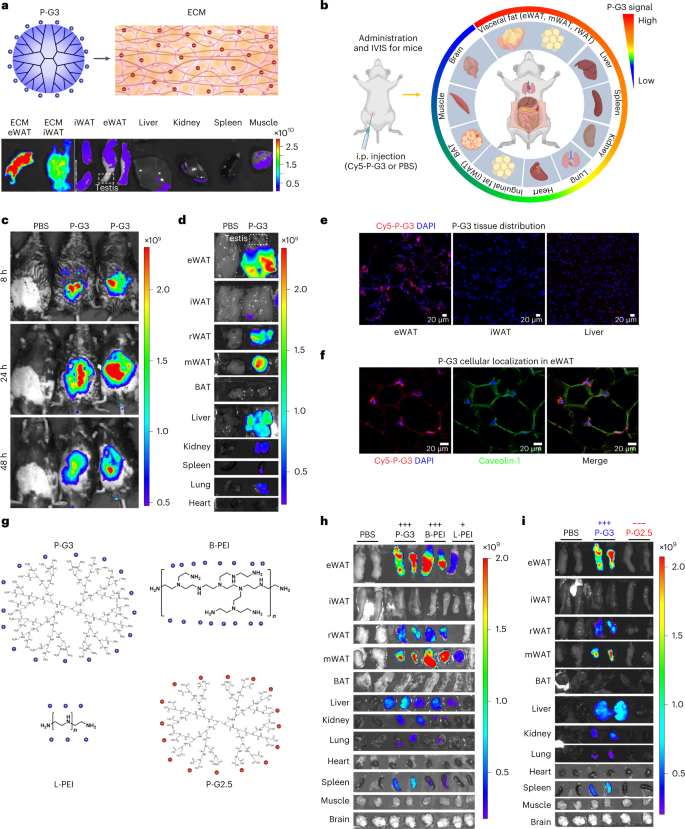2022-11-29 ペンシルベニア州立大学(PennState)
研究チームは、2本の論文で、肺がんおよび大腸がんにおける筋肉の消耗に関与するメカニズムをマウスで調査した新しい研究を行っている。その結果、腫瘍の種類、大きさ、位置が、それぞれ異なるメカニズムで筋肉の衰弱の程度に影響を及ぼすことがわかった。
肺がん研究では、LP07とルイス肺がん(LLC)という2種類の異なる肺がん由来の腫瘍の影響を調べた。腫瘍の成長により、LP07腫瘍型のマウスでは筋力が著しく低下し、リボソーム産生の低下も見られた。一方、LLC腫瘍型では筋力低下は生じたが、筋力低下やリボソームレベルの低下は見られなかった。
大腸がん研究では、HCT116とC26という2種類の大腸がんを調べ、2つのモデルを用いて、腫瘍負担が筋力低下に及ぼす役割を明確にするための研究が行われた。腫瘍負担とは、がん細胞の数、腫瘍の大きさ、体内のがんの量、または腫瘍に関連する疾患の重症度を指す。今回の研究結果は、腫瘍の位置が筋肉の衰えの重症度を決定する重要な要因であることを示していますが、これは腫瘍の種類にもよる。
<関連情報>
- https://www.psu.edu/news/research/story/muscle-wasting-severity-linked-type-size-and-location-tumor-mice/
- https://journals.physiology.org/doi/abs/10.1152/japplphysiol.00246.2022
- https://journals.physiology.org/doi/abs/10.1152/japplphysiol.00247.2022
肺がんの前臨床モデルLP07とLLCは、筋萎縮の同化障害と炎症性エフェクターの発現を乖離させる LP07 and LLC preclinical models of lung cancer induce divergent anabolic deficits and expression of pro-inflammatory effectors of muscle wasting
Daniel J. Belcher,Maria Guitart,Brian Hain,Hyo-Gun Kim,David Waning,Esther Barreiro and Gustavo A. Nader
Journal of Applied Physiology Published:17 NOV 2022
DOI:https://doi.org/10.1152/japplphysiol.00246.2022

Abstract
Preclinical models have been instrumental to elucidate the mechanisms underlying muscle wasting in lung cancer (LC). We investigated anabolic deficits and the expression of proinflammatory effectors of muscle wasting in the LP07 and Lewis lung carcinoma (LLC) tumor models. Tumor growth resulted in significant weakness in LP07 but not in LLC mice despite similar reductions in gastrocnemius muscle mass in both models. The LP07 tumors caused a reduction in ribosomal (r)RNA and a decrease in rRNA gene (rDNA) transcription elongation, whereas no changes in ribosomal capacity were evident in LLC tumor-bearing mice. Expression of RNA Polymerase I (Pol I) elongation-associated subunits Polr2f, PAF53, and Znrd1 mRNAs was significantly elevated in the LP07 model, whereas Pol I elongation-related factors FACT and Spt4/5 mRNAs were elevated in the LLC mice. Reductions in RPS6 and 4E-BP1 phosphorylation were similar in both models but were independent of mTOR phosphorylation in LP07 mice. Muscle inflammation was also tumor-specific, IL-6 and TNF-α mRNA increased with LLC tumors, and upregulation of NLRP3 mRNA was independent of tumor type. In summary, although both models caused muscle wasting, only the LP07 model displayed muscle weakness with reductions in ribosomal capacity. Intracellular signaling diverged at the mTOR level with similar reductions in RPS6 and 4E-BP1 phosphorylation regardless of tumor type. The increase in proinflammatory factors was more pronounced in the LLC model. Our results demonstrate novel divergent anabolic deficits and expression of proinflammatory effectors of muscle wasting in the LP07 and LLC preclinical models of lung cancer.
転移性あるいは異種移植の大腸がんモデルは、腫瘍の種類に依存した方法で、筋肉消耗の多様な同化障害と炎症性エフェクターの発現を誘発する Metastatic or xenograft colorectal cancer models induce divergent anabolic deficits and expression of pro-inflammatory effectors of muscle wasting in a tumor-type-dependent manner
Hyo-Gun Kim,Joshua R. Huot,Fabrizio Pin,Daniel J. Belcher,Andrea Bonetto and Gustavo A. Nader
Journal of Applied Physiology 17 NOV 2022
DOI:https://doi.org/10.1152/japplphysiol.00247.2022

Abstract
We investigated the impact of tumor burden on muscle wasting in metastatic (m) and xenograft (x) models of colorectal cancer (CRC). Male Nod SCID γ and CD2F1 mice were injected subcutaneously or intrasplenically with HCT116 or C26 tumor cells, respectively. CRC tumors resulted in significant muscle wasting regardless of tumor type or model, although muscle loss was exacerbated in mHCT116 hosts. The mHCT116 model decreased ribosomal (r)RNA content and rDNA transcription, whereas the mC26 model showed no loss of rRNA and the upregulation of rDNA transcription. The xHCT116 model reduced mTOR, RPS6, and 4E-BP1 phosphorylation, whereas the mHCT116 model had a similar effect on RPS6 and 4E-BP1 without altering mTOR phosphorylation. The C26 models caused a reduction in 4E-BP1 phosphorylation independent of mTOR. Muscle interleukin (IL)-6 mRNA was elevated in all models except xHCT116, and the NOD-, LRR-, and pyrin domain-containing protein 3 (NLRP3) mRNA was induced only in the mC26 model. IL-1β mRNA increased in all groups with greater expression in metastatic relative to the xenograft model regardless of tumor types. Our findings indicate that HCT116 tumor burden results in more drastic muscle wasting and anabolic deficits, whereas C26 tumor burden causes similar muscle wasting but exhibits a divergent proinflammatory phenotype. These results highlight potentially important divergence in the pathogenesis of muscle wasting among preclinical models of CRC and demonstrate that tumor burden plays a role in determining anabolic deficits and the expression of proinflammatory effectors of muscle wasting in a tumor-type-dependent manner.

